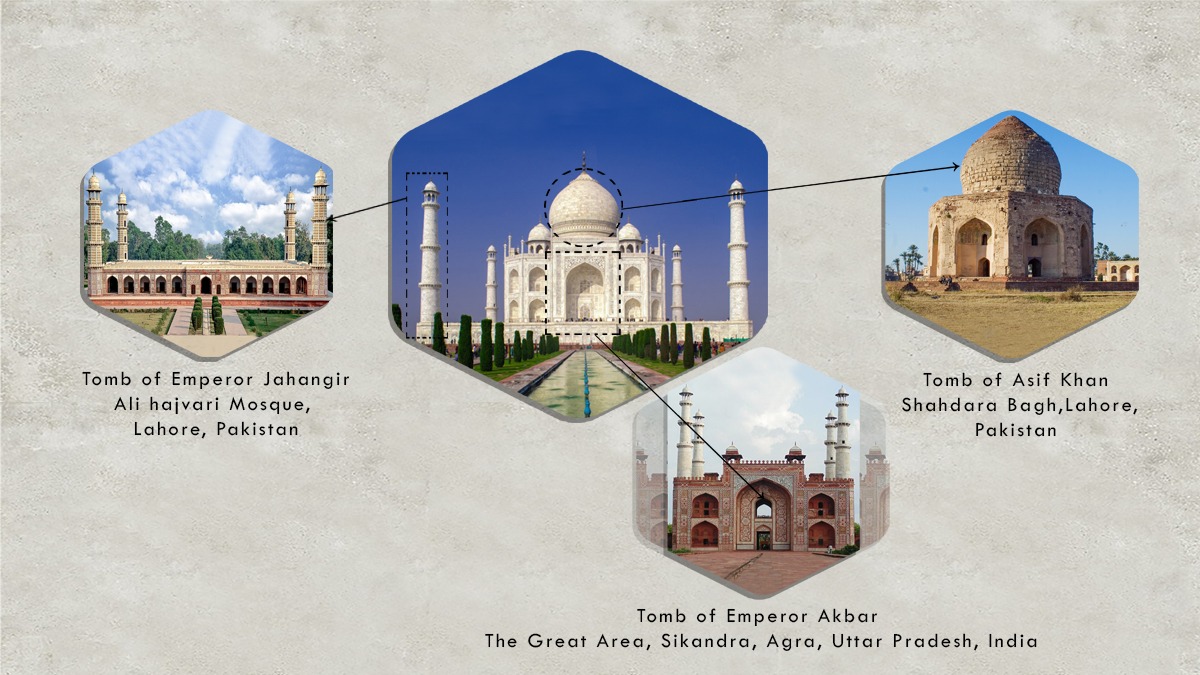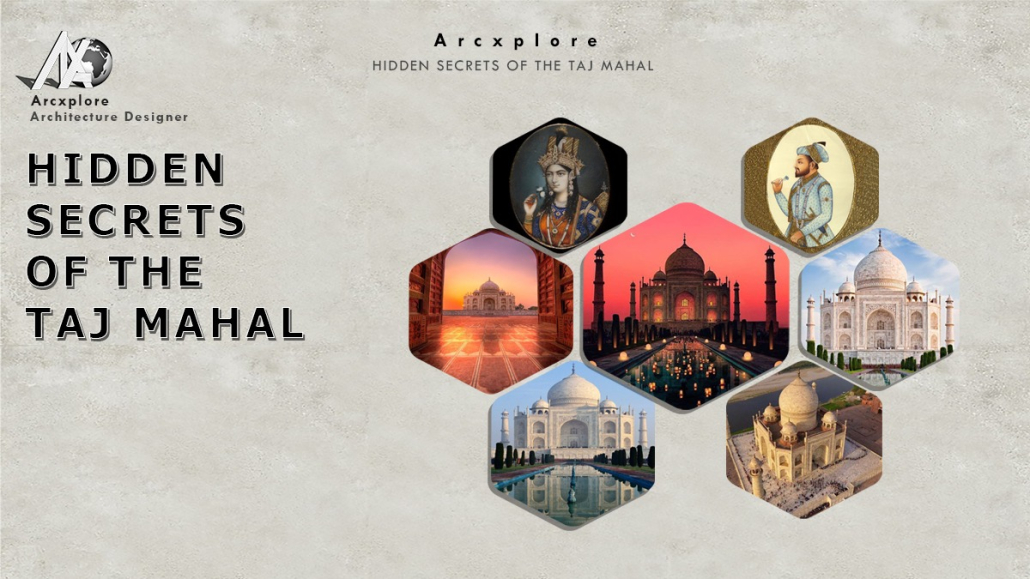Hidden Secrets of Taj Mahal, Agra, Uttar Pradesh, India
Introduction – Hidden Secrets of Taj Mahal
Hidden Secrets of Taj Mahal the Taj Mahal, a marvel of Mughal architecture, stands as a symbol of love and craftsmanship in Agra, India. Spanning 42 acres, this breathtaking monument is one of the Seven Wonders of the World and carries a tragic yet fascinating history.
Shah Jahan – The Visionary Behind Hidden Secrets of Taj Mahal
The story of the Taj Mahal began in 1607 when Prince Khurram, later known as Shah Jahan, celebrated his 15th birthday at Agra Fort. It was during this event that he met Mumtaz Mahal, the love of his life.
Hidden Secrets of Taj Mahal – The Architectural Marvel
The Mughal architects behind the Taj Mahal used some astonishing engineering techniques to enhance its grandeur:
- The four minarets tilt slightly outward, designed to fall away from the main dome in case of an earthquake.
- The optical illusion: As you walk towards the Taj Mahal, it appears to shrink rather than grow.
- The perfect symmetry is disturbed only by one thing – Shah Jahan’s own tomb, which was added later and disrupts the original layout.
Construction of Taj Mahal – Hidden Secrets Behind Its Creation
The construction of the Taj Mahal began in 1632, using the finest materials sourced from around the world:
- Makrana Marble from Rajasthan (one of the world’s finest marbles)
- Jasper from Punjab
- Turquoise from Tibet
- Sapphire from Sri Lanka
- Carnelian from Arabia

Why is the Architecture of Taj Mahal So Unique?
The Taj Mahal’s architecture combines Persian, Islamic, and Indian elements:
- Calligraphy: The inscriptions on the monument are crafted using black marble inlay.
- Pietra Dura: A technique where precious stones are embedded into marble.
- Symmetry & Proportion: The entire complex is perfectly symmetrical, except for one element- the tomb of Shah Jahan.
What Can We Learn from Taj Mahal in 2023?
The Taj Mahal is not just a historical monument but also a lesson in architectural brilliance. It showcases the genius of Mughal engineers, the importance of cultural heritage, and the power of love and devotion.
Taj Mahal Facts – Everything You Need to Know
Location
Agra, Uttar Pradesh, India
When Was It Built?
- Construction started: 1632
- Completed: 1653
What Does It Look Like?
- A grand white marble mausoleum with a stunning dome and intricate carvings.
What Is It Made Of?
- Pure white marble with precious stones inlaid using Pietra Dura.
Who Built It?
- Commissioned by: Shah Jahan (Mughal Emperor)
Who Designed It?
- Chief Architect: Ustad Ahmad Lahouri
The Fall of Shah Jahan – Hidden Secrets of His Final Days
Despite creating one of the most beautiful monuments in the world, Shah Jahan’s fate took a tragic turn. In 1658, his own son Aurangzeb overthrew him and imprisoned him in Agra Fort. For the last eight years of his life, he gazed at the Taj Mahal from his prison window. He was buried inside the Taj Mahal beside Mumtaz Mahal, in a tomb that ironically disrupts the monument’s symmetry.
“Want to explore more hidden wonders of Mughal architecture? Subscribe to our newsletter for exclusive insights!”
Conclusion – Uncover the Hidden Secrets of Taj Mahal
The Taj Mahal is not just an architectural wonder; it is a tale of love, loss, and legacy. From its hidden optical illusions to its earthquake-resistant design, this 400-year-old masterpiece continues to astonish visitors worldwide.
“Did you find these hidden secrets of the Taj Mahal fascinating? Share your thoughts in the comments below and let us know your favorite fact! Don’t forget to share this article with history lovers.”








